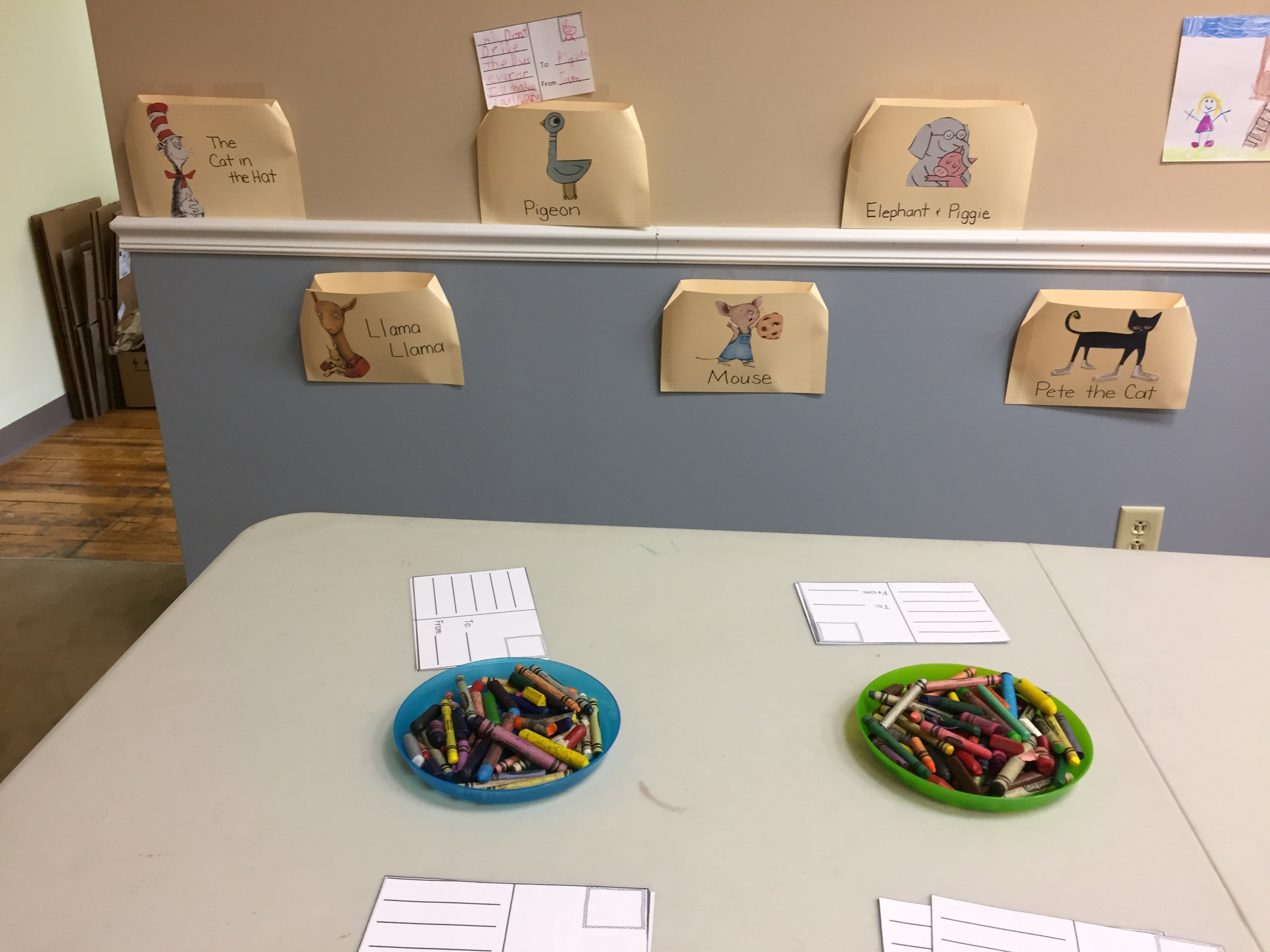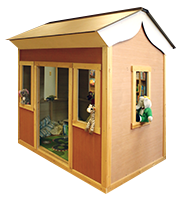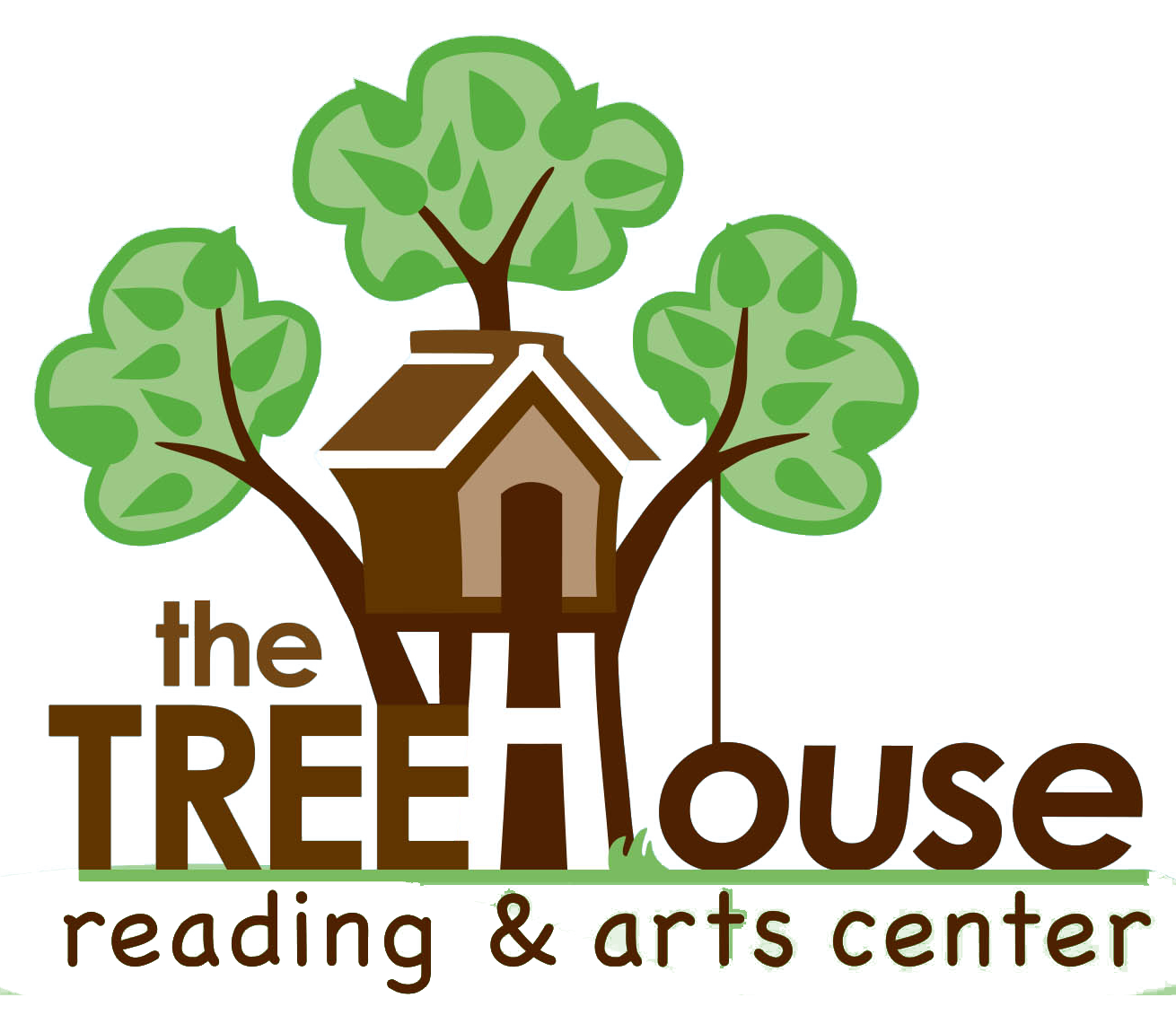 I’ll be the waiter, you be the person having dinner…” Holding a pad of paper, “What would you like to have for dinner today? The child then scribbles fake words on the pad as the other child places their order – mac and cheese and an ice cream sundae.
I’ll be the waiter, you be the person having dinner…” Holding a pad of paper, “What would you like to have for dinner today? The child then scribbles fake words on the pad as the other child places their order – mac and cheese and an ice cream sundae.
This scenario of children acting out a restaurant scene is an example of pretend play, also called make-believe play or dramatic play. It seems simple and it’s a natural kind of imaginative play, but it is so important to children’s literacy development. There used to be much more time for students to engage in pretend play in preschool and kindergarten classrooms but we are seeing that the academic demands placed on preschool and kindergarten children are limiting the amount of time teachers are now able to give students for pretend play.
What are the benefits of pretend play?
“Their imagination soars, their language expands, and their social skills develop” (Leong and Bedrova, 2012, p. 28).
When engaged in pretend play kids are..
…learning vocabulary
… developing their oral language (speaking skills) which is an important aspect of language and reading development.
…developing social skills as they work together to create their make-believe world of play.
…interacting with other kids which helps them understand new ideas in their own terms.
…learning to work together as they negotiate roles, develop themes, and create rules to their play.
…developing creative thinking skills, problem-solving skills, and becoming independent thinkers.
… in a safe space for taking “risks” in their play (risks such as imagining themselves in new situations, trying out new vocabulary).
…experimenting with familiar and unfamiliar roles.
…given a space to work through issues that they are dealing with.
… experimenting with using and producing different types of texts and understand how we use reading and writing in many aspects of daily life.
… learning about story elements and story structure with play that is based around stories.
How does pretend play work?
In pretend play, educators can set the stage and provide props so that students have some experience about the topic to draw on, especially on less familiar themes. But aside from setting the stage and supporting the activity, kids need to be free to explore the topic and interact with each other without too much adult disruption. Educators should model and support language use that is fitting to the specific scenarios as well as help students develop roles to extend learning. Adults are there to guide, but kids are ‘in charge’ of their play. Researchers encourage having children play for an extended time, an hour or longer, or having several play sessions over several days.
Pretend play can have a greater impact on academic development and literacy development in particular if educators are thoughtful about providing real-world reading and writing materials in the pretend play station. So, including or giving opportunity for students to create literacy materials such as menus in a restaurant scenario, letter writing in a post office play station, tickets and luggage tags and signs in an airport station. No matter the theme there are print-based materials that are used in the real world that can be provided or even made by the children to extend and encourage literacy development.
As parents and educators, it is not a surprise that this pretend play is crucial to social, emotional, and academic development. Researchers in early literacy, early childhood education, and pediatrics all support this. The recommendations to pediatricians include encouraging parents to organize opportunities for play and socialiatizion, to advocate for safe spaces for play in community facilities, to find and share resources that foster play and child development, and to advocate for settings that promote academic, cognitive, physical, social and emotional development through play activities. The American Academy of Pediatrics states that, it is “imperative that play is included along with academic and social enrichment opportunities and that safe environments be made available to all children” (Ginsburg, 2007, p. 188). (To read full article, visit: http://pediatrics.aappublications.org/content/119/1/182. )
While pretend play should be engaging and fun, (it is PLAY, after all), it is important for parents and educators to know that through this play we are providing children huge opportunities for academic, social, and emotional development.
References:
Elkins, D. (2008). The power of play: Learning what comes naturally. American Journal of Play, 1(1), 1-6.
Calmer, K. (2008). Let’s give children something to talk about. Young Children, 63 (1), 88-92.
Ginsburg, K. (2007). The importance of play in promoting healthy child development and maintaining strong parent-child bond. Pediatrics, 199 (1), 182-191. DOI: 10.1542/peds.2006-2697.
Leong, D.J. & Bodrova, E. (2012). Assessing and scaffolding make-believe play. Young Children, 67 (1), 28-30.
Welsch, J.G. (2008). Playing within and beyond the story: Encouraging book-related pretend play. Reading Teacher, 62 (2), 138-148. doi: 10.1598/RT.62.2.5



